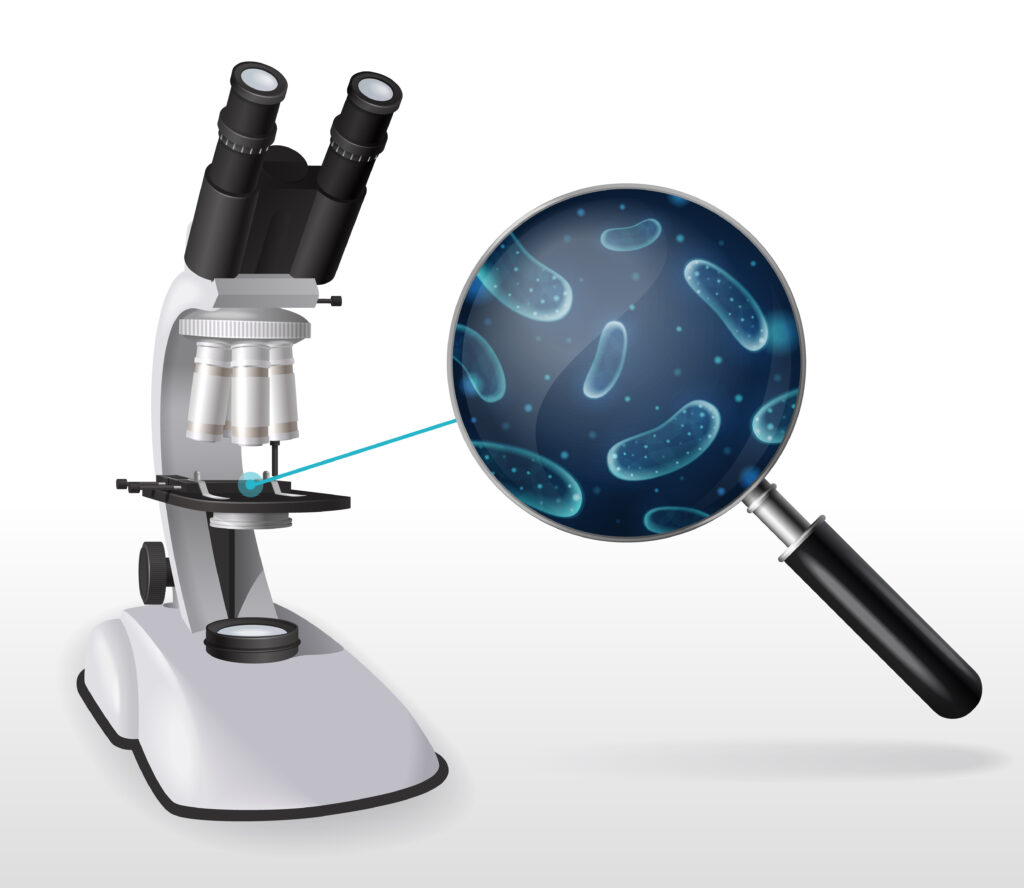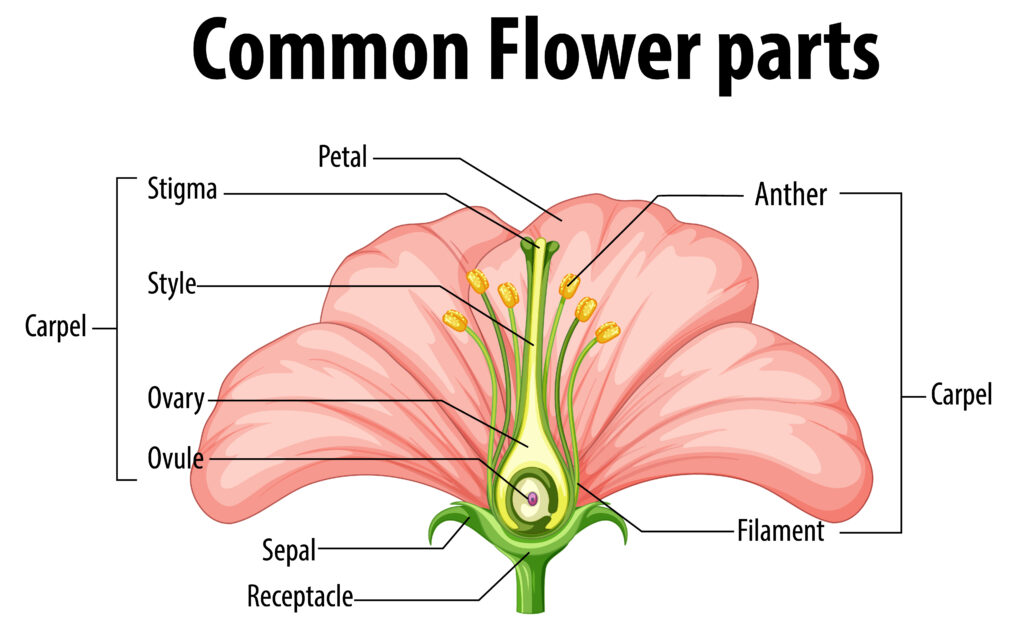Mitosis Modelling
Model the stages of mitosis using virtual chromosomes. This interactive tool helps you visualize the process of cell division and understand the key events of each phase.
Help & Instructions
▼- Mitosis Stages: Click the buttons to advance through the stages of mitosis.
- Observe the Changes: Watch how the chromosomes move and change in each phase.
- Quiz Challenge: Answer questions to test your knowledge of each stage.
- Describe the key events of each stage of mitosis (Prophase, Metaphase, Anaphase, Telophase).
- Identify the roles of chromosomes, centromeres, and spindle fibers.
- Understand the purpose of mitosis in growth and repair.
- Differentiate between the stages of mitosis based on visual cues.
Mitosis Stages Simulator
Current Stage: Interphase
Quiz Challenge: Mitosis Concepts
During which stage do the sister chromatids line up at the center of the cell?
Mitosis is a type of cell division that results in two daughter cells each having the same number and kind of chromosomes as the parent cell. This process is essential for growth, repair, and asexual reproduction. It is a continuous process, but biologists divide it into four main stages for easier study: Prophase, Metaphase, Anaphase, and Telophase.
The Phases of Mitosis
The chromosomes condense and become visible. The nuclear envelope breaks down and spindle fibers form from the centrosomes. [Image of cell in prophase]
The chromosomes, each consisting of two sister chromatids, align themselves along the metaphase plate (the middle of the cell). [Image of cell in metaphase]
The sister chromatids separate at the centromere and are pulled apart by the spindle fibers toward opposite poles of the cell. [Image of cell in anaphase]
The separated chromosomes arrive at the poles, and a new nuclear envelope forms around each set. The chromosomes decondense.
Although not technically a phase of mitosis, it is the final step where the cytoplasm divides, resulting in two separate daughter cells.


